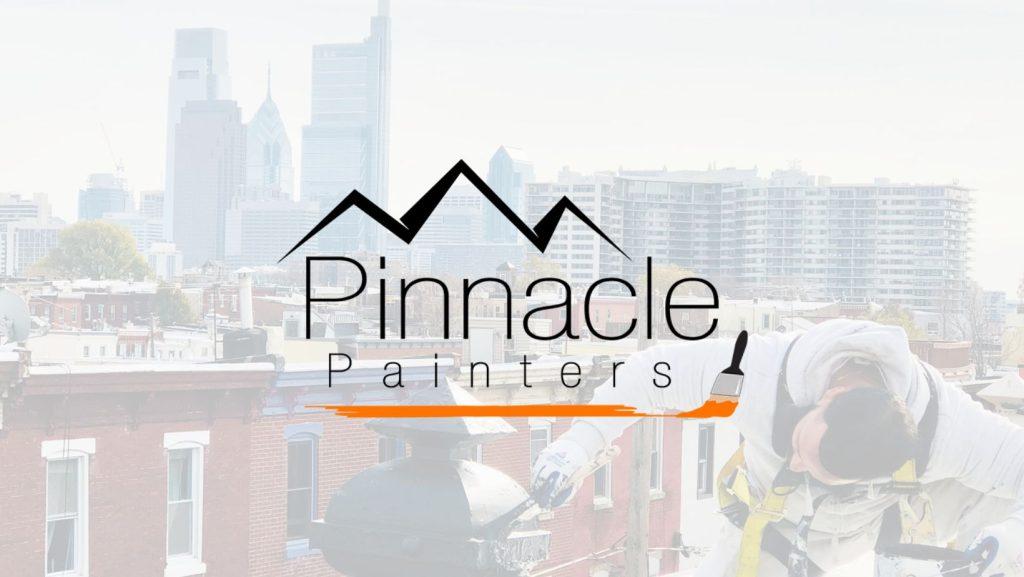When it comes to painting projects, choosing the right type of paint is crucial. Many individuals wonder whether it’s acceptable to use outdoor paint indoors. In this article, we will delve into the intricacies of indoor and outdoor paint, examining their differences, applications, and potential consequences.
Composition Differences
Indoor and outdoor paints are not only distinguished by their intended environments but also by their unique formulations. Indoor paints are carefully crafted to endure lower levels of wear and tear, emphasizing features such as easy cleaning and resistance to mildew. This ensures that the paint maintains its quality and appearance in the controlled environment of interior spaces. On the contrary, outdoor paints undergo formulation to withstand the challenges posed by harsh weather conditions. They offer protection against UV rays, moisture, and temperature fluctuations, ensuring longevity and resilience in outdoor settings.
Volatile Organic Compounds (VOCs)
A critical distinction between indoor and outdoor paints lies in the levels of Volatile Organic Compounds (VOCs) they contain. VOCs are chemical compounds that can evaporate into the air, potentially impacting indoor air quality. Outdoor paints often contain higher levels of VOCs to provide the necessary resilience against the elements. However, using such paints indoors may contribute to an increase in indoor air pollution, posing potential health risks. It’s crucial to be aware of these differences to make informed choices that prioritize both the quality of the paint job and indoor air safety.
Durability and Resistance
Outdoor paint is celebrated for its enhanced durability and resistance, designed to withstand the onslaught of rain, sunlight, and temperature variations. While these qualities make outdoor paint ideal for exterior surfaces, applying it indoors may result in an overly robust finish that is challenging to clean. In contrast, indoor paint formulations prioritize ease of cleaning and resistance to stains, ensuring a more suitable option for interior walls. Understanding these distinctions is essential for achieving the desired longevity and maintenance of your painted surfaces.
Application Considerations
When contemplating the use of outdoor paint indoors, meticulous application considerations come into play. Adequate ventilation is crucial during the application and drying process to minimize the inhalation of potentially harmful fumes. Additionally, outdoor paint may have a longer drying time compared to indoor paint, impacting the overall project timeline. Planning accordingly and allowing ample time for drying between coats ensures a smoother and more successful indoor paint job.
Health and Safety Concerns
The decision to use outdoor paint indoors raises valid health and safety concerns. The elevated levels of VOCs in outdoor paint can lead to respiratory issues and allergic reactions. To mitigate potential risks, it is advisable to wear protective gear, including masks and gloves, during the entire painting process. Adequate ventilation becomes paramount, acting as a crucial measure to dissipate fumes and minimize health hazards associated with using outdoor paint indoors.
Alternatives for Indoor Spaces
Recognizing that outdoor paint may not be the most suitable choice for indoor projects, alternative options exist. Low-VOC or zero-VOC indoor paints, specifically formulated for interior applications, offer vibrant colors, durability, and easy maintenance without compromising indoor air quality. Exploring these alternatives ensures a healthy and aesthetically pleasing indoor environment.
Tips for Proper Indoor Painting
For a successful indoor paint job, consider the following tips:
- Choose the right indoor paint for your project.
- Prepare the surface properly by cleaning and priming.
- Utilize quality brushes and rollers for a smooth finish.
- Ensure proper ventilation during and after painting.
- Allow sufficient drying time between coats.
By adhering to these tips, you can enhance the overall quality and longevity of your indoor paint project.
Best Painters in Philadelphia
When it comes to transforming your living or working space into a masterpiece, look no further than Pinnacle Painters. As the premier painters in Philadelphia, we take pride in offering unparalleled affordability without compromising on quality. Our expertise lies in delivering exceptional interior and exterior painting services, ensuring that your space radiates brilliance and charm. Trust Pinnacle Painters to elevate the aesthetics of your surroundings and provide an experience that goes beyond just paint – it’s a transformation. Choose us for unmatched craftsmanship and a commitment to making your vision a vibrant reality.

Conclusion
In conclusion, the utilization of outdoor paint indoors is discouraged due to the nuanced differences in composition, VOC levels, and application considerations. Opting for indoor paint designed explicitly for interior spaces ensures a successful, durable, and safe painting experience. By grasping these distinctions, you empower yourself to make well-informed decisions, achieving both aesthetic appeal and optimal indoor air quality.
